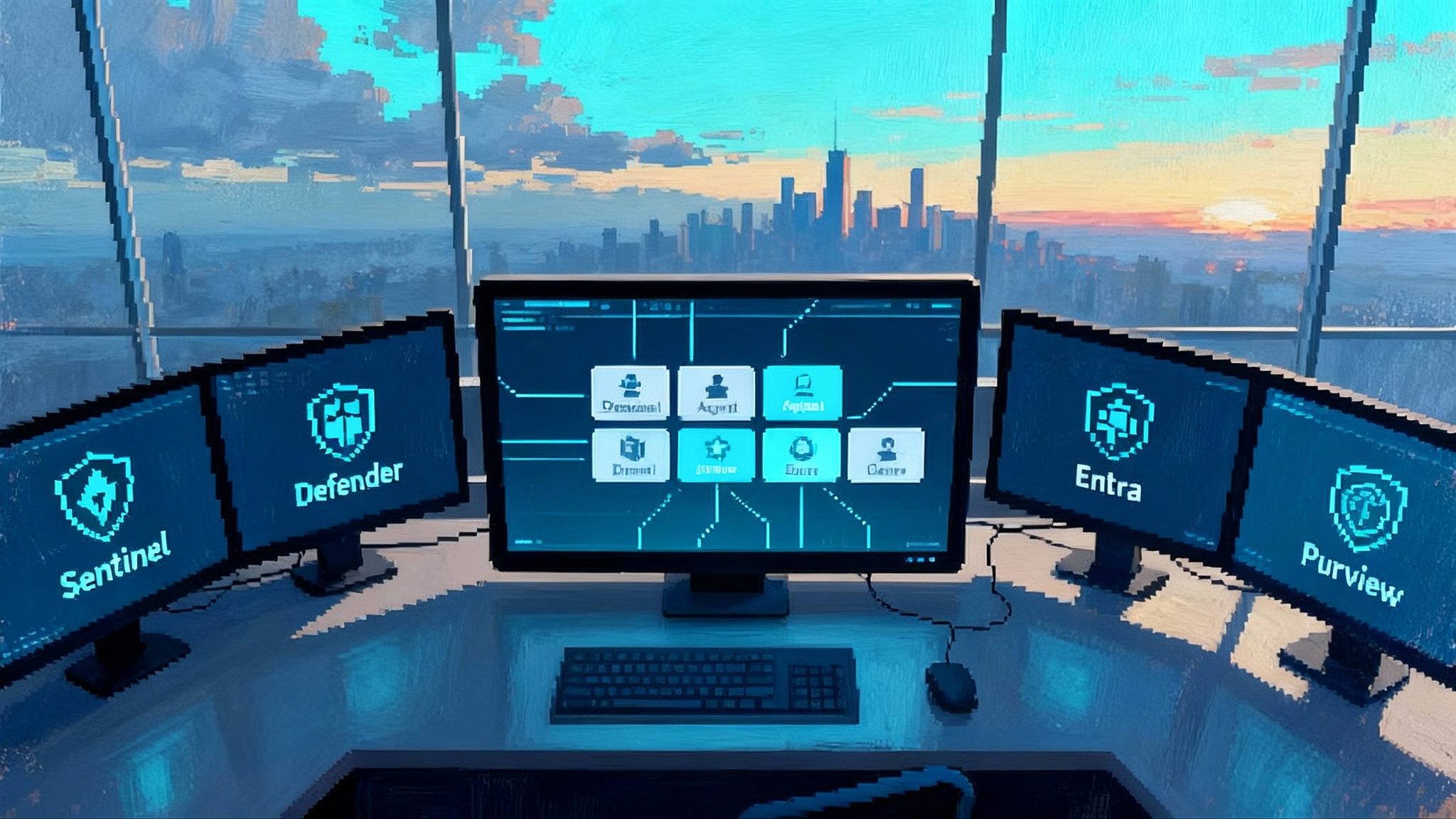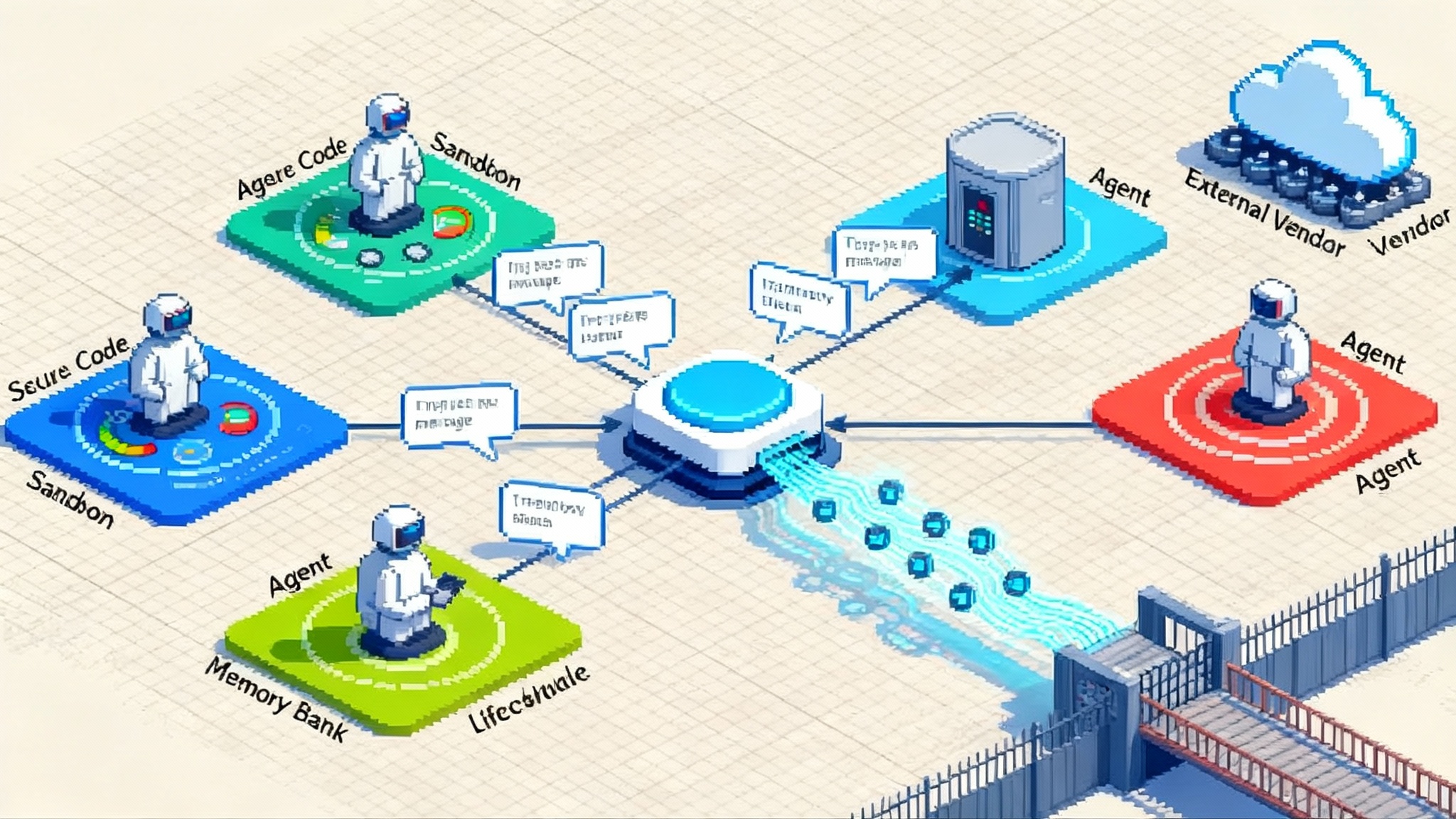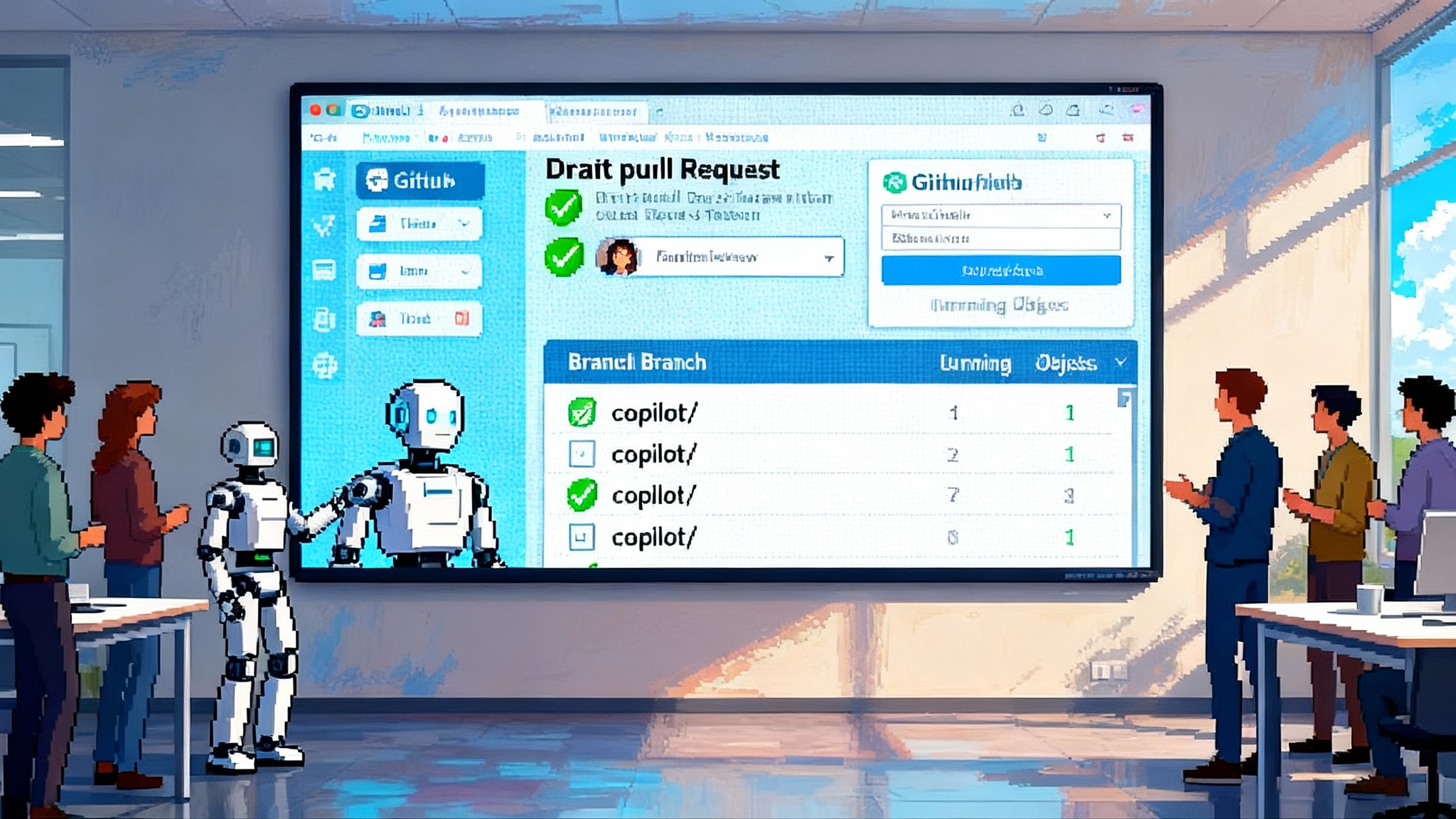When Agents Buy: ChatGPT Checkout meets Stripe ACP
Agentic commerce just got real. ChatGPT now offers Instant Checkout with Stripe’s scoped tokens and the Agentic Commerce Protocol. Here is how it works, what changes for ranking and risk, and what merchants should do next.

What just happened
Agentic commerce is no longer a conference slide. On September 29, 2025, OpenAI introduced Instant Checkout inside ChatGPT, built with Stripe and powered by a new Agentic Commerce Protocol. As of that date, U.S. users could purchase from Etsy sellers within chat, with more than one million Shopify merchants signaled as coming soon. The first phase supports single item purchases, with multi item carts promised next. This is the moment AI agents stop at recommendations and start at receipts.
For the first time at scale, a general purpose assistant can help you find a gift, check delivery details, and place the order without sending you elsewhere. The claim is spelled out in OpenAI’s announcement, which also outlines how ranking and payments work at launch. See OpenAI’s Instant Checkout announcement for the official framing and guardrails.
The simple idea under the hood
If you remember only one picture, make it this: the buyer talks to ChatGPT, ChatGPT talks to the merchant, and Stripe hands over a sealed envelope that lets the merchant get paid without ever touching the buyer’s raw card. That sealed envelope is a token with limits and context. The merchant runs their normal systems. The buyer stays in the chat. Everyone does what they already do best.
This flow matters because it keeps the merchant as the merchant of record. Orders, taxes, shipping, and returns stay on the seller’s side. ChatGPT is the shopping companion, not the store. Because the envelope is scoped, mischief has a smaller blast radius. If a token says 42 dollars to Seller A within 24 hours, it will not authorize 420 dollars to Seller Z next week.
Scoped payment tokens in plain English
Stripe calls this envelope a Shared Payment Token. Think of it like a gift card you can use once, for a set amount, at one specific counter. ChatGPT asks Stripe for the token when the user confirms the purchase. The token is then sent to the merchant’s backend. The merchant can charge it using Stripe or, if they use a different payment processor today, they can still accept the order and process payment with their provider while benefiting from Stripe’s fraud signals. The token never reveals the buyer’s card details to ChatGPT or the merchant.
That separation gives two wins at once: the buyer’s privacy is better protected, and the merchant’s compliance surface is slimmer for this channel. Stripe explains the new token primitive and its scope in its launch note. See Stripe’s ACP newsroom post for a clear description of the token and what it enables.
Why this is a breakthrough for agents: until now, the hardest part of agentic workflows was the last mile. Retrieval, comparison, and messaging are easy. Committing money is hard because payments are intimacy at scale. With scoped tokens, you give an agent permission that is narrow, transparent, and revocable by design. That is the difference between a useful assistant and a rogue clicker.
ACP in one page
Agentic Commerce Protocol is the handshake. It defines the messages an agent and a merchant exchange so that a purchase can complete end to end. ACP covers the product payloads, an order intent with shipping and tax context, and how authorization moves. It is designed to work across platforms and payment processors. If you use Stripe, you can flip on agentic payments quickly. If you do not, ACP still applies, and you can delegate the payment safely or adopt the shared token pattern. The protocol’s purpose is practical rather than philosophical. It is a shared language so merchants do not have to integrate with every agent one by one.
Here is a mental model: ACP is the grammar for shopping conversations between software. MCP, the Model Context Protocol that tools like apps and databases use to plug into assistants, is the socket. ACP expresses commerce intents and outcomes. MCP expresses tool capabilities and permissions. Together, they let a planning agent decide what to buy and a commerce agent execute the order safely, without the two arguing over nouns and verbs. For how these building blocks show up across the stack, see how ChatGPT apps and AgentKit have been turning assistants into native platforms.
Etsy today, Shopify soon, and what it means for discovery
The first merchants live in ChatGPT are Etsy sellers. That choice is smart for three reasons.
- The inventory is unique, so questions like gifts for a ceramics lover return items that feel hand picked.
- Average order values are moderate, which fits single item checkout.
- Etsy has strong seller tooling and policies that can absorb a new channel without breaking workflows.
Shopify integration will change the scale. Once over a million Shopify merchants are in the mix, best black boots under one hundred dollars will surface options across direct to consumer brands with inventory depth. The ranking problem becomes more sensitive because even small ordering differences can shift millions of dollars. OpenAI’s launch posture says results remain organic and not pay to play. When multiple merchants sell the same product, ranking considers availability, price, whether the merchant is the primary seller, quality signals, and whether Instant Checkout is enabled. The presence of Instant Checkout is a user experience factor because it keeps buyers in flow. It is not an ad slot. Merchants will care that this distinction holds as more sellers onboard.
A pragmatic view: enabling Instant Checkout will likely correlate with better conversion because it removes a redirect and a re entry of payment details. If two sellers are otherwise equal, the one that completes the transaction faster will win. That is not advertising. It is load time for the agent era.
Fraud, chargebacks, and the new PCI scope
Fraud moves to wherever the edge is softest. Here, the edges harden in two places.
- ChatGPT confirms the order with the human before any payment token is produced. That is a human in the loop confirmation that many social checkout concepts did not have.
- The token itself is bounded by merchant and amount, which makes generic misuse less valuable. Stripe’s fraud tooling can score the transaction when the token is minted and when the merchant charges it, which creates two shots on goal for risk teams.
On compliance, the clean separation means that neither ChatGPT nor the merchant handles raw card data in this agent channel. Merchants still have payment processors and checkout pages elsewhere, so their overall compliance program will not disappear. But for orders that arrive through ACP with shared tokens, the merchant’s exposure to cardholder data can be materially lower. That is not a promise to your assessor, it is a practical path to lower risk. If you are a merchant, talk to your qualified security assessor about scoping evidence for this channel and update your network segmentation diagrams and data flow maps to reflect that tokens, not Primary Account Numbers, are stored or processed.
Two more implications. First, friendly fraud will still exist because goods can ship and people can change their minds, but the clarity of the chat thread plus order metadata can strengthen representment. Second, shipping confirmation and delivery notifications need to land back in ChatGPT as well as email. That way the agent can answer where is my order with context, not just hand you a tracking link.
Funnel attribution without guesswork
If a buyer asks ChatGPT to find black boots, clicks Buy in chat, and the order appears in your commerce system, how do you credit the sale? If you rely on last click cookies, you will miss it. If you rely on affiliate pixels, they will not fire. The good news is ACP can carry structured metadata. Treat ChatGPT as a first class channel in your customer data platform.
Capture these fields in the order payload:
- agent_platform and agent_id to identify the assistant and version
- query_context with stripped personal data that explains intent, for example gift occasion, budget ceiling, or style notes
- token_scope with merchant id, currency, and amount cap so finance can audit
- user_confirmation_timestamp so legal and customer support can reconcile
- attribution_hint with the surface that initiated the session, for example desktop app or mobile web
Then update your dashboards. Add Agentic to your traffic sources with its own conversion rate and average order value. Treat it as a shopping assistant, not a social network. You will likely see high intent queries with shorter time to purchase and an unusually high save rate from recommendation to order. Replace pixels with order side metadata and keep consent flags front and center.
Merchant ranking fairness, concretely
Merchants will ask a simple question. If I invest in better inventory data, faster shipping, and fair pricing, will ChatGPT reward me or hide me? The launch posture says relevance first. Inventory availability and price competitiveness are clear signals. If you are a reseller, becoming the primary seller of an item helps because it shortens the chain and reduces buyer uncertainty. Enabling Instant Checkout on eligible products should reduce friction, which indirectly helps your likelihood of winning the buy action when the buyer is ready. None of these are sponsored knobs. There is no bid marketplace here. That is good news for brand owners and quality sellers.
The fair test over time will be transparency. Merchants need event level feedback, not vibes. If your product loses the comparison, you should see which signals mattered most. A useful pattern is a rank explanation endpoint that returns top contributing factors without exposing the model. Combine that with a sandbox ranker where sellers can test changes on staging data. That is how you create a market that rewards sweat rather than spend.
How ACP clicks into MCP and agent to agent flows
Once tokens, orders, and rank signals are standardized, agents start to cooperate. Picture a planning agent that uses MCP to call a Calendar tool, discover a birthday party next Saturday, and propose a budget of one hundred fifty dollars. It passes that budget to a shopping agent which queries for twelve kid friendly favors, then uses ACP to place a single order from a merchant with inventory in stock. The token that funds the order is scoped to the budget. If the plan changes, the planning agent can revoke or downscope the token and the shopping agent will have to ask again.
Raise the ambition. Corporate procurement agents can negotiate and buy printer toner across approved vendors within caps, while a finance agent classifies the expense and a security agent checks governance policies, all without anyone sharing raw payment credentials. A travel agent can coordinate with a dining agent to book dinner and pay a deposit under fifty dollars with a token that expires at 8 p.m., while a calendar agent holds the reservation window. The choreography works because MCP lets tools and agents discover each other and request capabilities, and ACP defines the commerce parts of that dance. For a deeper view on multi agent coordination, see our take on agent to agent collaboration patterns. Also note how browser native agents are arriving, which will let assistants act directly on web apps that power shopping and fulfillment.
What to do next if you are a merchant
Start with outcomes you can measure within two weeks and expand from there.
- Ship inventory accuracy improvements first. Rankers reward in stock items. Build a nightly job that reconciles chat exposed inventory with your warehouse truth.
- Enable Instant Checkout on your bestsellers. Start small. Pick ten SKUs where low friction conversion will pay back quickly. Apply a strict service level agreement for shipping on these items.
- Instrument ACP order metadata. Work with your payments and analytics teams to add agent_platform, query_context, token_scope, and user_confirmation_timestamp to your orders table.
- Update your dispute playbook. Save the chat transcript associated with each order inside your customer support system so your team can respond with full context.
- Train support to resolve in chat. If the sale started in ChatGPT, make returns, replacements, and partial refunds possible there too. The best channel is the one the buyer already trusts.
What to do next if you are a platform engineer
Treat ACP as a new API surface area across order, payments, and support.
- Read the ACP specification and map it to your existing order pipeline. Identify which fields you can populate without code changes and which need new endpoints.
- Decide on payments. If you process with Stripe, evaluate the fastest path to use shared tokens. If you process elsewhere, explore delegated payments and ensure your provider can accept scoped tokens cleanly.
- Create a token policy. Define default amount caps, timeouts, and merchant match rules. Log token creation and redemption events with structured telemetry.
- Build a rank feedback API for sellers. Even a minimal explanation that lists the top three factors affecting rank is better than a black box.
- Add observability for agent channel performance. Track latency from Buy click in chat to order creation in your system, and set alarms for failures in token exchange or order acceptance.
What to do next if you run risk or compliance
Use the shift to tokens to lower exposure while improving signal.
- Update your data flow diagrams. Show that cardholder data is not stored or processed in the agent channel and that only scoped tokens cross system boundaries.
- Review token misuse scenarios. Simulate replay, amount escalation, and merchant swap attempts. Add alerts when these patterns appear.
- Coordinate with your assessor on whether agent channel orders qualify for reduced scope in your self assessment questionnaire. Document the rationale and the controls.
- Align customer support policies. Ensure partial refunds and returns can be performed within the chat so buyers do not hop channels and create risk gaps.
The near future
Multi item carts will make agentic checkout much more useful for real households. Combined with subscriptions and pre orders, agents can handle replenishment and one off gifts with the same rails. Over time, expect multiple agents to coordinate on the same cart. One agent negotiates a better price, another checks delivery windows, a third confirms the token matches the new total and updates the authorization. None of this requires science fiction. It requires standards that other assistants adopt and merchants trust.
For ranking, feedback loops will be the difference between a marketplace that rewards service and one that rewards guesswork. Expect third party trust signals, like on time delivery rates and return friction indexes, to become first class rank inputs. Expect merchants to invest in chat native content, like concise spec sheets and sizing guidance that agents can parse without scraping.
For attribution, the winners will replace last click habits with order side truth. Build that now so you do not fight your own dashboards in the holiday quarter.
The bottom line
With Instant Checkout and the Agentic Commerce Protocol, agents are not just suggesting. They are transacting. Scoped tokens lower risk, ACP keeps merchants in control, and buyers get to click buy inside the conversation that convinced them. Etsy is the first proving ground. Shopify scale is on deck. The rails that connect agents to merchants are becoming real, and they are designed to interoperate with the broader tool ecosystem so that one assistant can hand off to another without breaking the receipt. The next phase of ecommerce will feel less like clicking through a maze and more like telling a competent helper what you need and approving the bill when it looks right. That is not hype. It is a path from chat to cash that merchants, platforms, and buyers can start using now.








